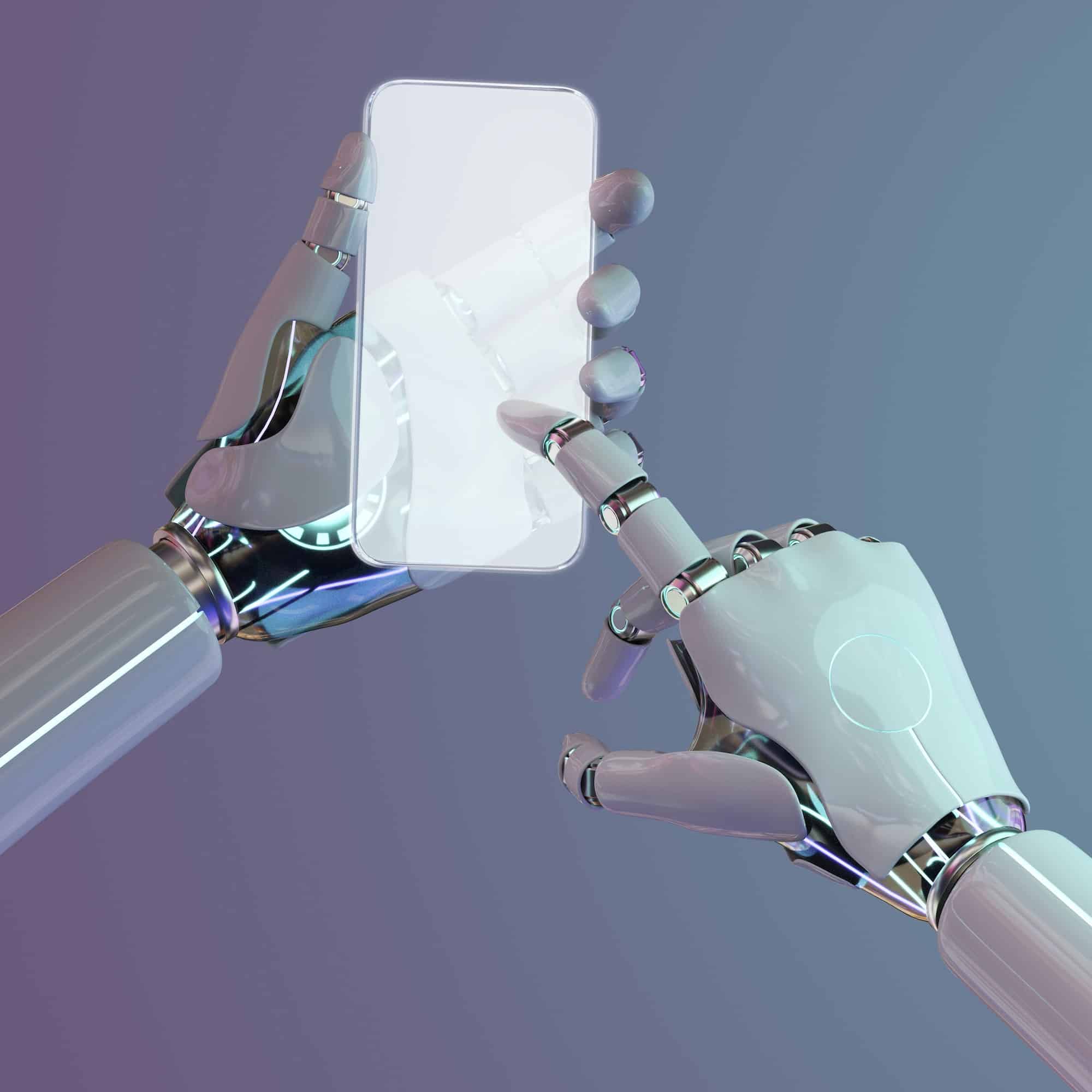Focus on Voice chatbots: how do they work ?

In the ever-changing technology landscape, voice chatbots are emerging as a revolutionary new interface for human-machine interaction. These virtual assistants, capable of understanding and responding to spoken language, are transforming the way we interact with computers and mobile devices. But how exactly do they work? Let’s decipher the workings of these technologies together.
Voice recognition: the basis of interaction
The cornerstone of voice chatbots is voice recognition. This technology converts spoken language into digital text to enable the chatbot to understand the user's intentions. The voice recognition process takes place in several stages. Click here for more information.
A voir aussi : How can you visualise your complex data with MyImageGPT images ?
Audio signal acquisition
The first step is to capture the sound of the user's voice through the device's microphone. This raw audio signal, containing background noise and potential distortions, constitutes the working basis for subsequent steps.
Signal preprocessing
In order to improve the quality of the signal and make it more amenable to analysis, preprocessing is necessary. This step involves cleaning the signal to remove background noise, such as hiss or interference, as well as correcting distortions caused by the acoustic environment or recording equipment.
A voir aussi : Some AI tools to optimize business productivity
Feature extraction
Once the audio signal is cleaned, it is broken into shorter segments, typically a few milliseconds, and analyzed to identify unique acoustic characteristics. These characteristics, such as the frequency, amplitude and duration of the sound, constitute acoustic fingerprints that help distinguish the different phonemes (basic sound units) of the language.
Feature matching
The features extracted from the audio signal are then compared to a large database of sound patterns. This database, constructed from a wide range of voices and acoustic contexts, allows corresponding phonemes to be identified with a high degree of accuracy.
Word recognition
By grouping together the sequences of phonemes identified in the previous step, the voice recognition system is able to reconstruct the words spoken by the user. This step requires the use of language models that take into account grammatical rules and the probabilities of occurrence of words in the target language.
Natural language understanding
The final step in the speech recognition process involves analyzing the recognized text to determine the meaning of the sentence spoken by the user. This involves the use of natural language processing (NLP) techniques that help understand the syntactic structure of the sentence, its context, and the user's intent.
Artificial intelligence: the brain of the chatbot
Once the spoken language is converted into text, the chatbot uses artificial intelligence techniques to understand the user's intent and generate an appropriate response. Two main approaches are used:
Machine learning
The chatbot dives into an ocean of textual data, consisting of real and simulated conversations. Using machine learning, it learns to associate sequences of words with specific actions or responses. It thus develops empirical know-how, capable of responding to simple and complex queries based on statistical models.
Natural language processing (NLP)
The chatbot doesn't just recognize words, it uses NLP techniques to grasp the subtleties of language. It analyzes the syntactic structure of sentences, identifies relationships between words and detects the intentions hidden behind expressions. This detailed understanding of language allows the chatbot to provide more precise and contextually relevant responses.
Text-to-speech: bringing the response to life
The final step in the process is to convert the chatbot's response into an audio signal that the user can hear. Speech synthesis involves several steps:
- conversion of the text into phonemes: the text of the response is divided into phonemes;
- phoneme concatenation: phonemes are put together to form larger sound units;
- audio signal generation: the sound units are transformed into a realistic and intelligible audio signal.
Applications of voice chatbots: an immense field of action
Voice chatbots find application in a multitude of fields, revolutionizing the way we interact with technology.
- Customer services: Assistance with administrative procedures, resolution of technical problems, response to customer questions.
- Personal assistant: calendar management, appointment scheduling, task reminder, reading messages and news.
- Home automation: control of household appliances, lighting management, temperature adjustment.
- Education: personalized tutoring, learning foreign languages, homework help.
- Entertainment: playing audiobooks, streaming music, playing games.
Conclusion
Voice chatbots represent a leap forward in human-machine interaction, providing an intuitive and natural user experience. Their continued development and improvement of the underlying technologies promise a future full of possibilities, where interactions with electronic devices become increasingly fluid and user-friendly.
